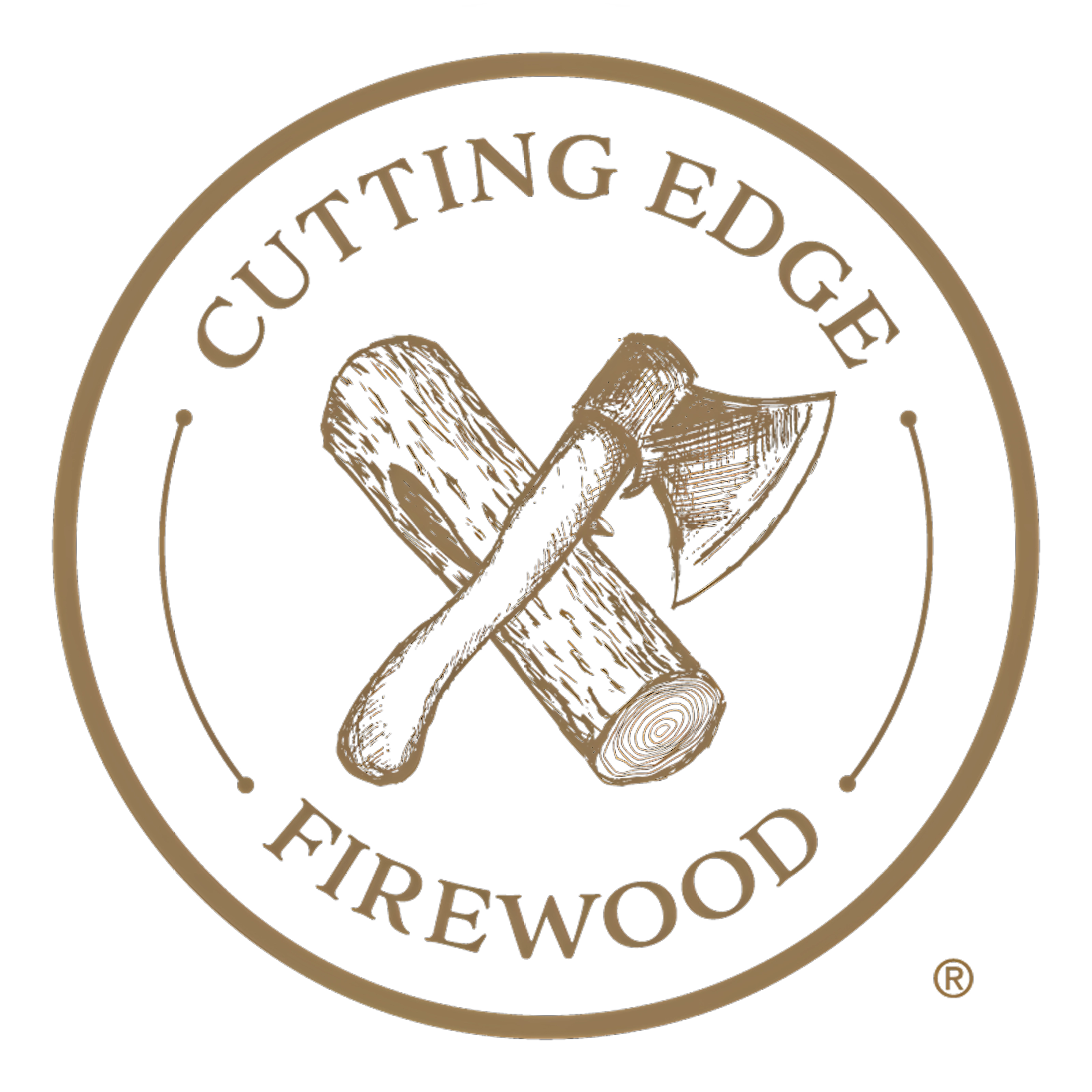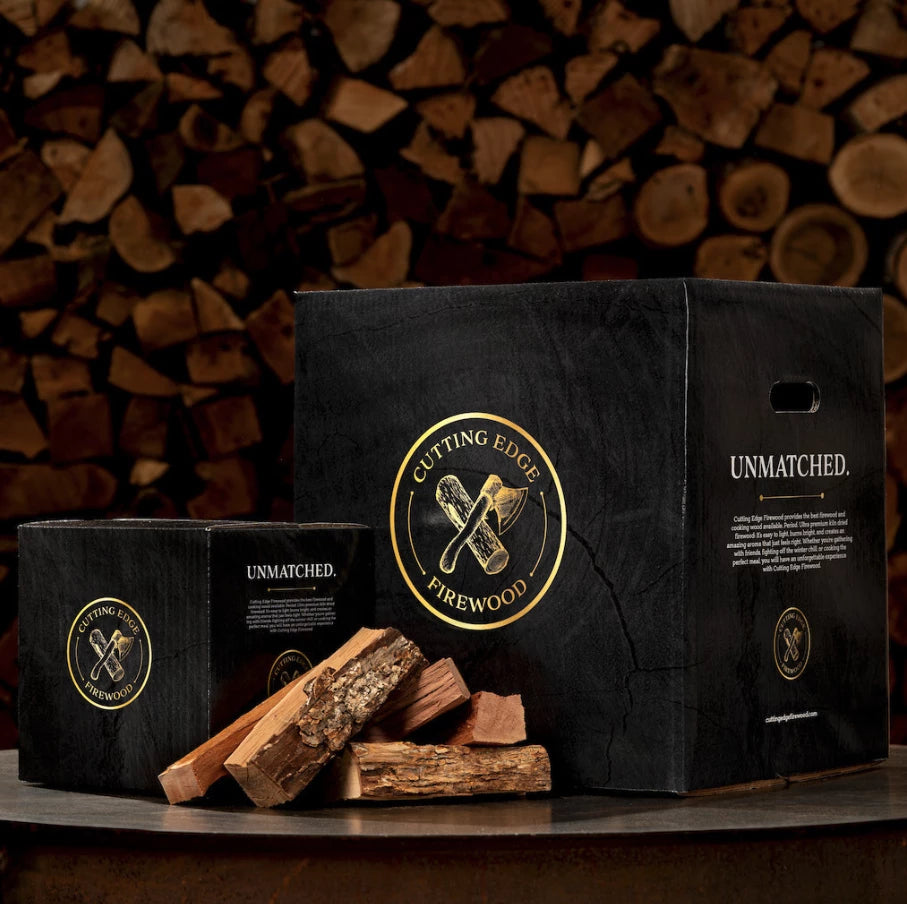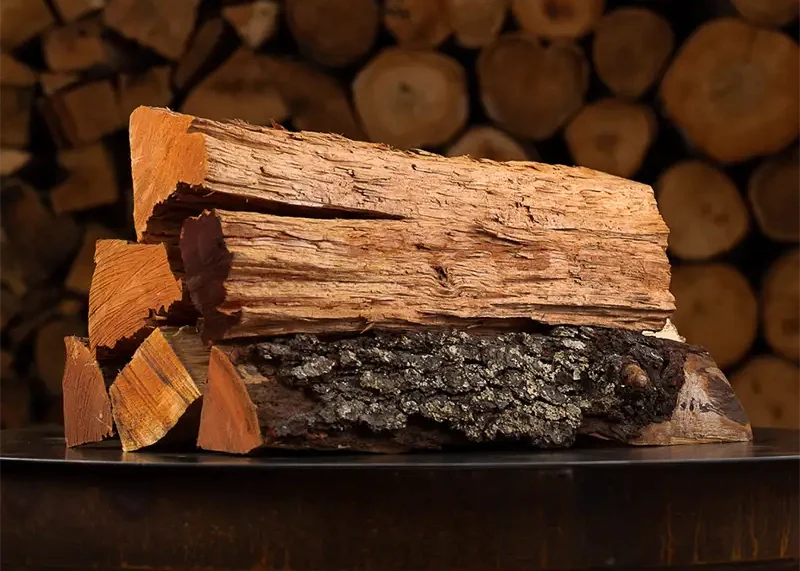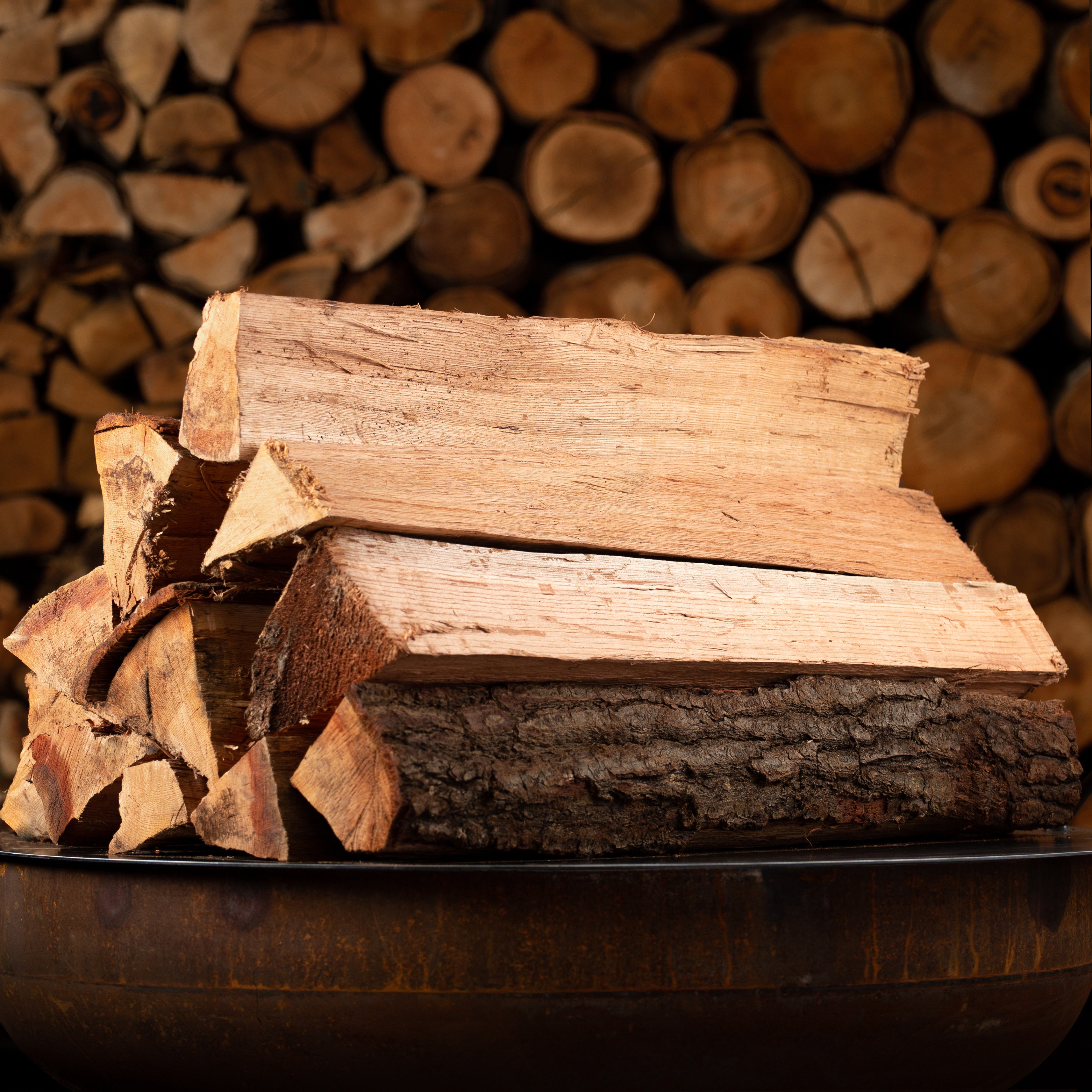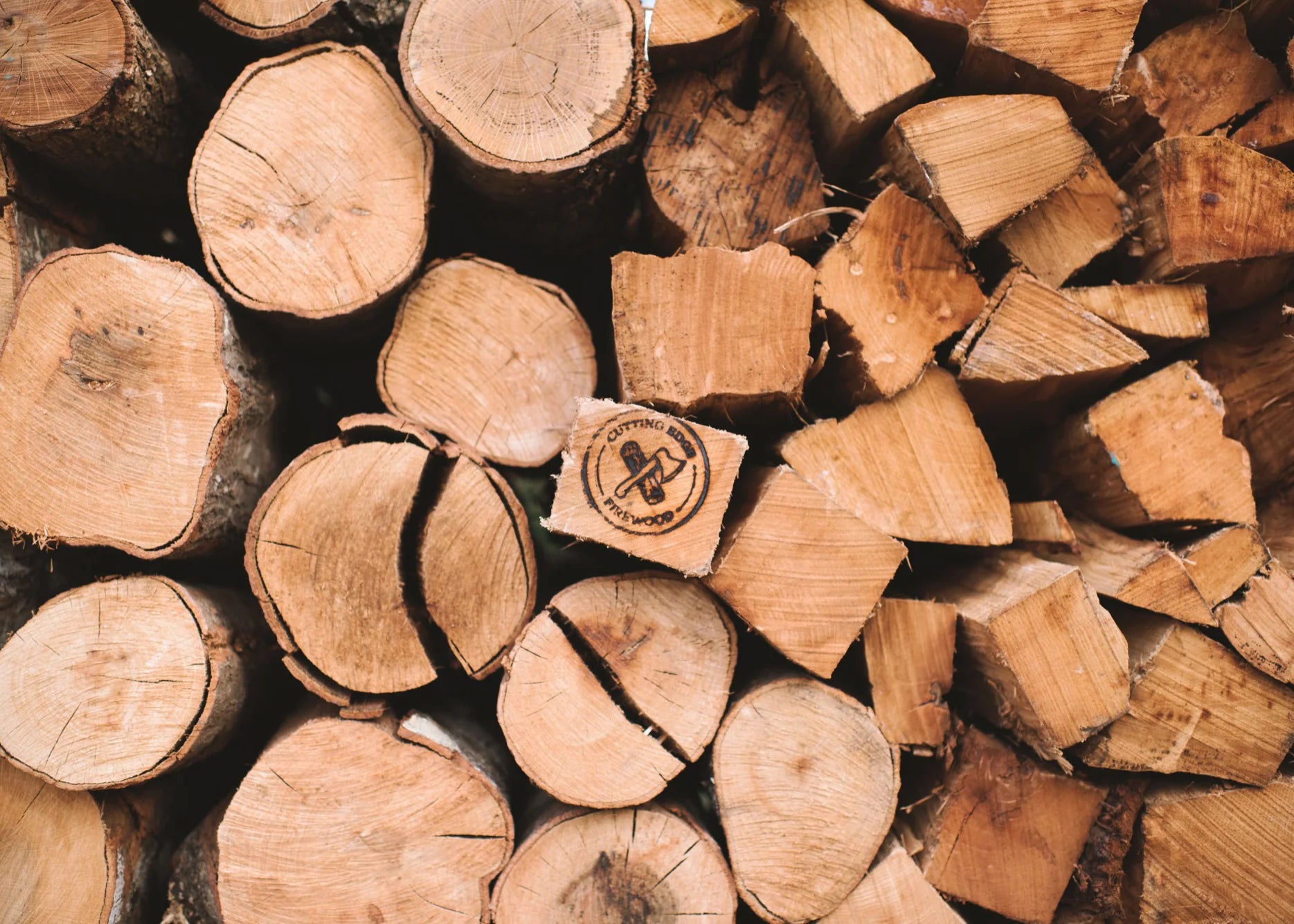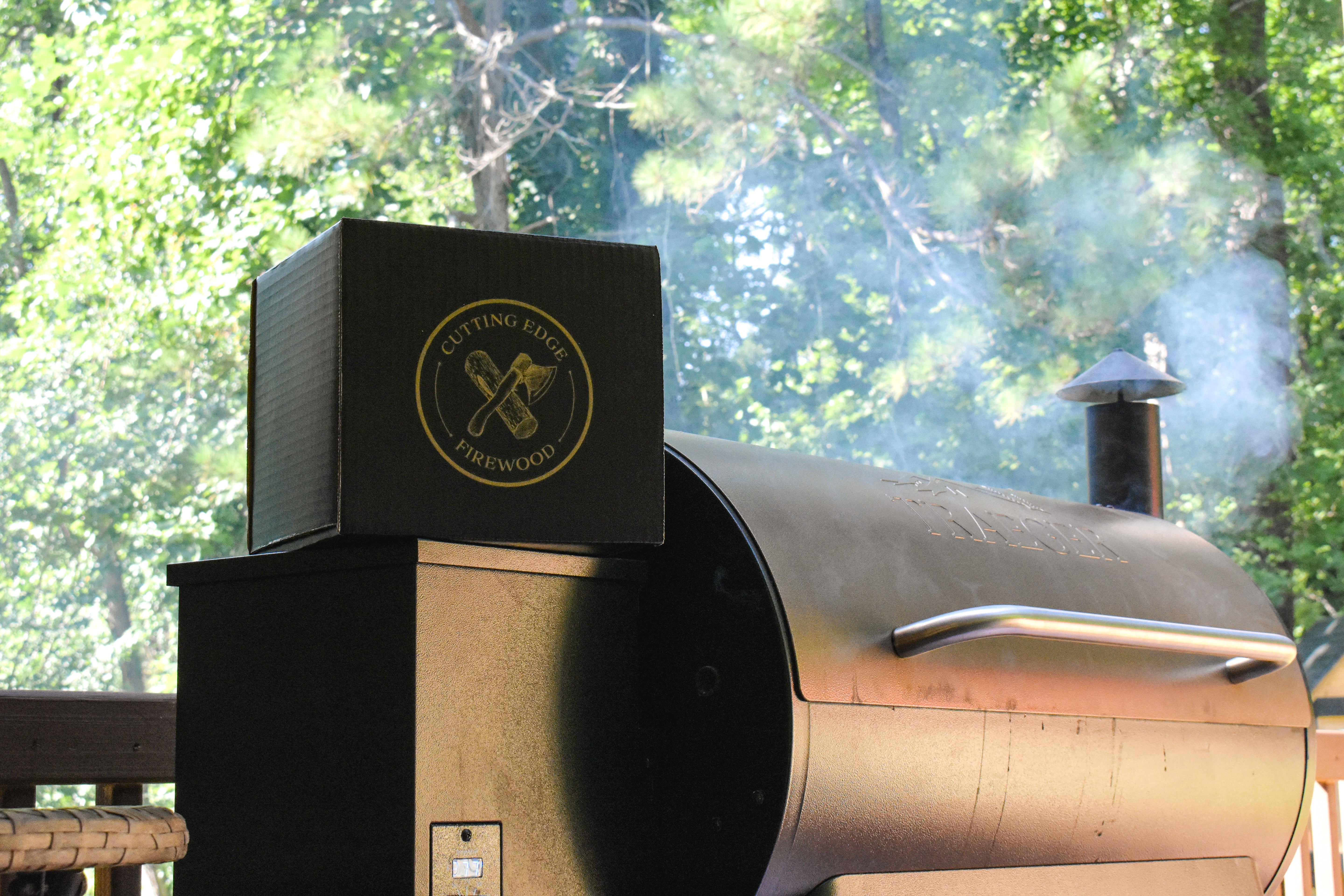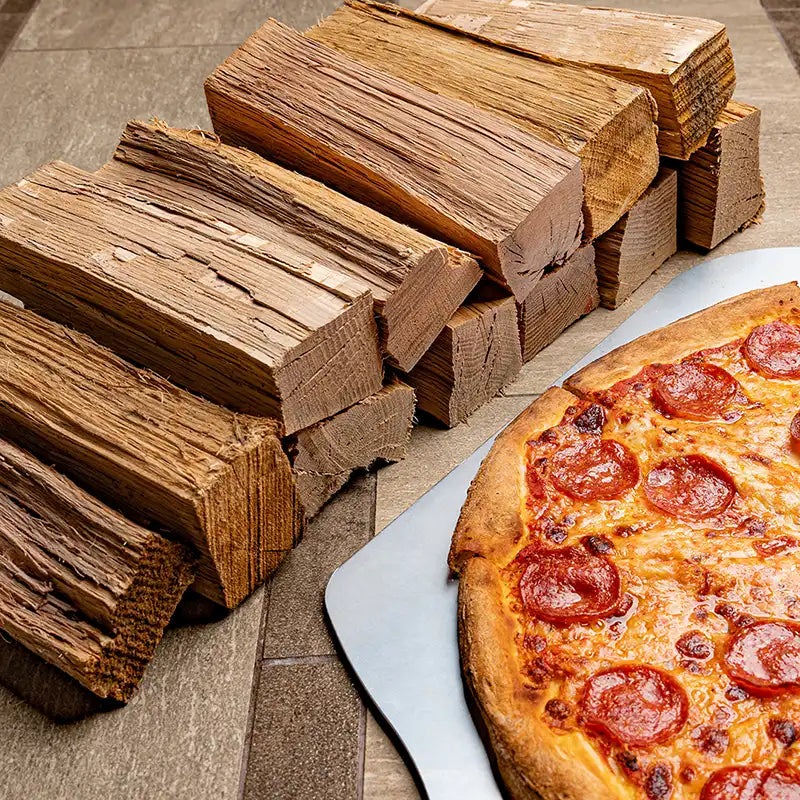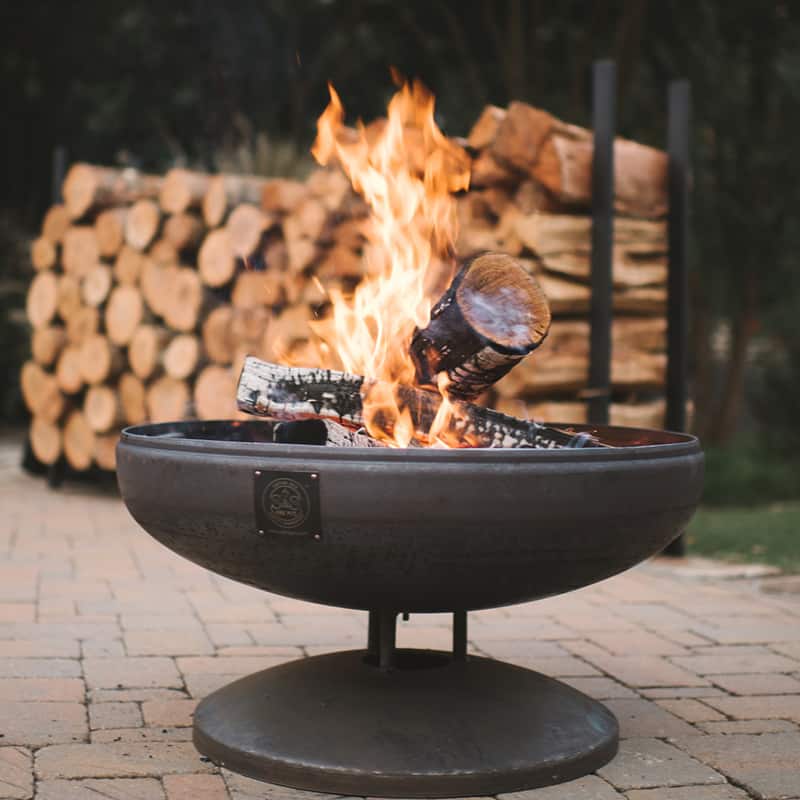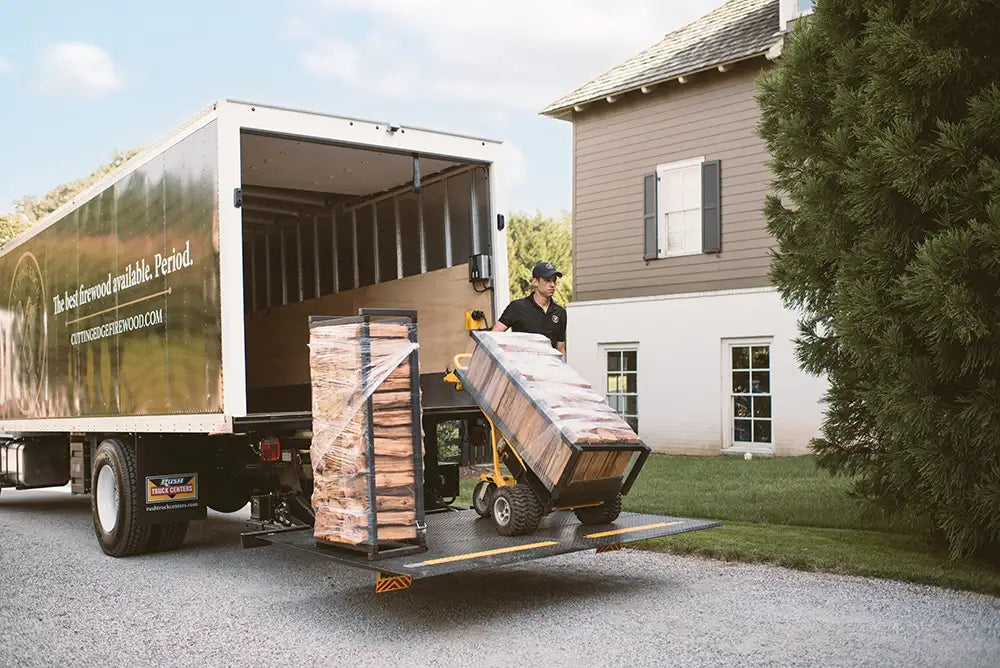When driving through your neighborhood or community during a typical daily commute, you may see signs advertising "local firewood" for sale. From the name alone, many people assume that local firewood refers to wood that was harvested within their respective region. But some websites, including Cutting Edge Firewood, also sell local firewood. So, what is local firewood, and is it better than traditional, non-local firewood?
Local Firewood Is Wood Sourced Within a Nearby Area
In the most basic sense, local firewood is wood that was sourced within an area near to the vendor selling it. Some firewood vendors import their wood from other countries. Although imported firewood such as this still burns, it typically costs more than local firewood because it must be shipped long distances. Furthermore, shipping commercial-sized quantities of firewood intended for resell isn't cheap. The large volume and heavy weight of firewood makes it expensive to ship in large quantities used by vendors. Because it's sourced near the vendor, however, local firewood is cheaper to acquire -- and vendors pass these savings on to their customers in the form of lower-cost firewood.
What Is the Most Common Type of Local Firewood in the United States?
Now that you know the definition of local firewood, you might be wondering what are the most common types of local firewood in the United States. Well, it varies depending on the state. According to North Carolina State University (NCSU), however, red maple is the single most common type of tree native to the United States. It's a hearty hardwood that grows in a variety of climates and conditions. Red maple can grow in forests, swamps and even dry land. It can also adapt to a range of elevations, from sea level to several thousand feet. For these reasons, it's become a popular type of local firewood for U.S. consumers.
Another common type of local firewood in the United States is oak. Contrary to what some people believe, oak isn't a single type of tree. Rather, oak refers to any tree in the beech family (Fagaceae). Statistics show that there are roughly 600 unique species of oak throughout the world, with North America containing the largest population of this hardwood (about 90). Oak trees grow fast and reach towering heights of up to 100 feet. Most importantly, oak is a hardwood that burns hot and slow, making it the perfect source of fuel for a campfire, fir pit, fireplace or any other wood-burning fire

Local Firewood in Georgia
In Georgia, there are several common types of local firewood. Oak and red maple -- the two varieties previously mentioned -- are common throughout The Peach State. You can find oak and red maple trees growing throughout Georgia, thereby making it a popular choice of local firewood for residents here.
Georgia also has an abundance of pine trees, specifically white pine. Pine trees typically aren't used to make firewood, though. The problem with pine is that it's less dense than most hardwoods and contains significantly more sap. When you burn pine wood, the sap creates soot-filled smoke that can leave you coughing. Pine wood has dozens of practical uses, but burning for warmth or cooking isn't one of them.
Red cedar is another common type of tree in Georgia. It's often harvested for use in musical instruments and furniture. Like pine, though, red cedar is categorized as a softwood, meaning it's less dense than hardwoods. For the best possible burning experience, it's recommended that you choose a type of hardwood for your local firewood.
Benefits of Buying Local Firewood
It's no secret that hardwoods make better firewood than softwoods, but you should consider choosing firewood that's sourced locally as well. Doing so offers several benefits over purchasing imported firewood, one of which is a lower cost. Companies avoid high shipping costs when sourcing local firewood, so they sell it a lower price to their customers. If you're looking to buy firewood on a budget, there's no better choice than locally sourced firewood.
With local firewood, you can rest assured knowing that your wood isn't carrying any foreign insects or germs. The wood is sourced locally, so there's no risk of a disease-causing insect or pathogen hitching a ride on it. And if it's locally sourced kiln-dried firewood, it won't have any insects or pathogens on it.
There's also the community aspect of buying local firewood. When you purchase firewood that's been sourced locally, you are helping the surrounding community. Your purchase creates and supports local jobs. Buying imported firewood, on the other hand, does not.
Keep your fire pit, fireplace or stove burning all winter long by stocking up firewood. Cutting Edge Firewood offers a wide selection of premium firewood. Visit our order page now to start shopping.
